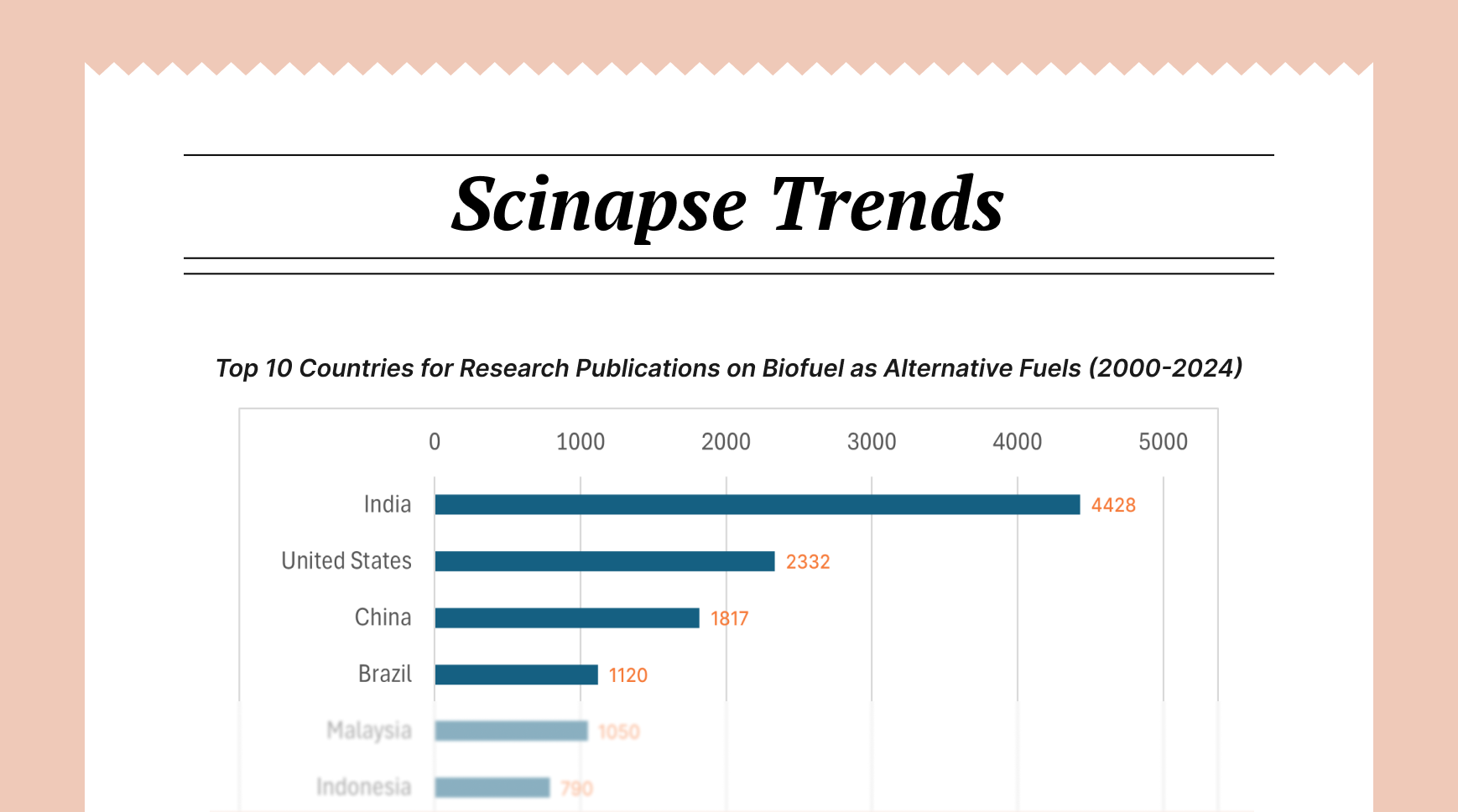How to Use Citation Analysis to Enhance Your Literature Review

Be it a graduate student starting a thesis, a research manager planning a project, or a scientist diving into a new field, a strong literature review helps you understand the current state of knowledge and identify research gaps. However, with the sheer volume of academic publications today, how can you ensure that your review is both comprehensive and focused?
One powerful yet underutilized strategy is citation analysis. By integrating citation metrics and tools into your literature review process, you can uncover influential papers, track the evolution of key concepts, and make your review more robust and data-driven. In this article, we'll explore how citation analysis can enhance your literature review, the tools you can use, and practical steps to get started.
What Is Citation Analysis?
Citation analysis is the examination of the frequency, patterns, and graphs of citations in scholarly work. It helps researchers understand how often a publication has been cited and by whom, providing insights into the impact and relevance of the work within its academic community.
For a literature review, this technique allows you to:
- Identify highly cited and foundational papers.
- Discover emerging trends and recent developments.
- Track academic debates and research trajectories over time.
- Avoid including outdated or marginal research in your review.
Why Use Citation Analysis in a Literature Review?
1. Discover Influential Research Quickly
Rather than sifting through thousands of papers, citation analysis highlights works that have been extensively cited by others. These are typically foundational studies or high-impact research that shape thinking in a particular field. Including such studies adds credibility to your literature review and ensures you're building upon reliable sources.
2. Reveal Research Trends and Gaps
Citation networks can help you trace the development of a concept or theory over time. For instance, by analyzing co-citations and citation bursts, you can spot where attention is growing and where research might be lacking, key for identifying areas that warrant further exploration in your review.
3. Validate the Importance of Your Sources
Sometimes it's hard to know if a paper is truly relevant or influential. Citation counts serve as a validation metric, helping you prioritize which studies deserve in-depth discussion in your literature review.
4. Reduce Bias
Traditional literature searches may rely heavily on keyword matches or subjective selection. Citation analysis provides a data-driven alternative that reduces the chance of overlooking critical studies due to search term limitations.
Tools for Citation Analysis
Several powerful tools support citation analysis and integrate seamlessly with literature review workflows:
- Google Scholar: Offers basic citation counts and a "Cited by" feature to find related research.
- Scinapse: A scholarly search engine with built-in citation graphs and author influence metrics, ideal for deep citation insights.
- Web of Science and Scopus: Premium platforms providing detailed citation tracking, impact factor metrics, and citation mapping.
- Semantic Scholar: AI-enhanced platforms with features like influential citation detection and paper recommendation systems.
These tools can help you not only collect relevant literature but also assess its significance within the scholarly ecosystem.
How to Integrate Citation Analysis into Your Literature Review
Step 1: Start with a Broad Search
Use a scholarly search engine to gather a wide set of publications based on your topic of interest. Don’t worry about filtering yet—this stage is about casting a wide net.
Step 2: Sort by Citation Count
Sort the results by citation count to identify the most referenced papers. These are often seminal works that should be included or at least acknowledged in your literature review.
Step 3: Explore Citation Networks
Use citation mapping tools to examine how papers are interconnected. Look at who is citing whom and why. This can reveal clusters of related research and guide you to comprehensive coverage of the topic.
Step 4: Assess Recency and Relevance
High citation counts can indicate influence, but recent papers may not yet have had time to accumulate citations. Look for citation velocity or year-on-year citation growth to assess emerging importance.
Step 5: Identify Influential Authors and Journals
Pay attention to frequently cited authors and journals. Their work often represents high-quality research and can help you build a strong foundation for your literature review.
Step 6: Document Your Methodology
To ensure transparency and reproducibility, document how you conducted your citation analysis. This can strengthen the methodological rigor of your literature review, especially in systematic reviews or meta-analyses.
Common Pitfalls to Avoid
While citation analysis is a powerful tool, it's not without limitations. Here are a few things to watch out for:
- Citation bias: Popular papers may be cited out of habit, not necessarily because they’re the best.
- Disciplinary differences: Citation behaviors vary by field. What’s normal in physics might be unusual in sociology.
- Self-citation and network citation: Be wary of inflated citation counts due to self-citations or closed citation loops among collaborators.
Always complement citation analysis with critical reading and expert judgment.
Final Thoughts
Incorporating citation analysis into your literature review isn’t just about saving time—it's about improving the depth, accuracy, and impact of your work. By understanding citation patterns and leveraging powerful tools, you can elevate your literature review from a summary of papers to a strategic overview of your research field.
Author: Uttkarsha B
- AI-Ethicist and STM Research & Publishing Expert
Never re-search again.
Scinapse is made by researchers for researchers.
Join the next generation of research at ⏯️ https://scinapse.io/
Pluto Labs
Pluto Labs helps researchers focus on their research by improving several inefficiencies in the academic research process. We offer data-driven insights from academic papers, allowing users to easily obtain review-level results for their desired range of papers.
https://pluto.im/





Comments ()